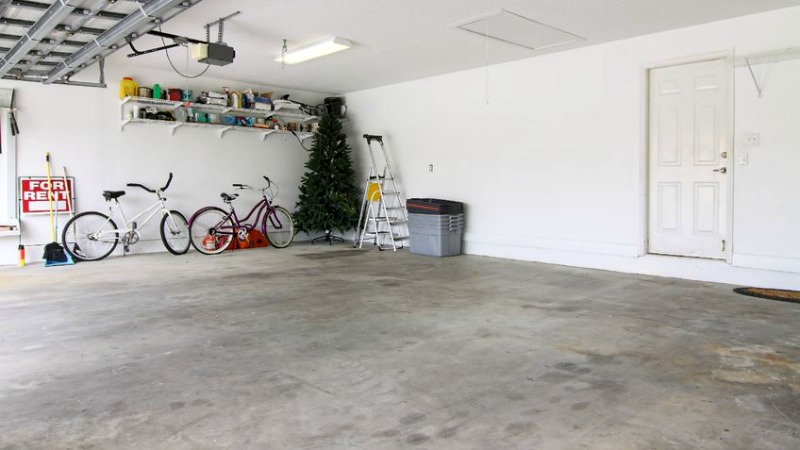With climate change being high on the agenda for Government officials across the world, it’s time that homeowners here in the UK begin to make their homes more efficient to lower their carbon footprint. One of the least efficient rooms in most homes is the garage, and that’s because it is an after thought of most people because it isn’t always seen as a key area of the home.
But a concrete garage can be easily made into an efficient room, which in turn could actually lead people to start saving money on energy bills in the long term.
Here is our top tips on how you can turn your cold and costly concrete garage into an affordable and energy efficient part of your home:
Doors and windows
A lot of concrete garages are cold places, particularly in the winter, and that’s because most garage doors, internal doors and windows have gaps that can let in the cold air. One good idea, particularly for an internal door that goes into your garage, is to install weather stripping seals around the door frame. This means that no drafts will enter your home, and it will keep the air in the garage in there.
When it concerns your concrete garage door, you can apply insulation to the door through the means of what is known as an insulation kit. These can be picked up at any local DIY store and include a roll of insulation, tape and gloves. This will also prevent leaks into your garage which may come from the increase in rain during the winter months.
Meanwhile, if you have a concrete garage that has windows they need to be energy certified to keep out drafts, just like the windows you would install in your home. Generally, a lot of homeowners don’t have windows in their concrete garages, it’s more so if you are looking to convert it.
Insulate
If there is one thing that will keep your concrete garage warm and more efficient it’s insulating the walls and floor. Newer homes will always be insulated, but some garages, including those connected to your home, may not be. To keep your home and garage warm to save on energy bills during the winter, insulate your concrete garage walls by rolling the insulation between joists in the wall. We recommend you speak to a professional before you take on this task, as any errors could lead to you paying more money out in the long run.
Similarly to the walls of your garage, you should also look to sealing the edge of your garage flooring, where it meets the walls. You can do this by using a sealant based caulk, which is again available from most DIY stores. By doing this you will prevent any warm air from leaving the garage by falling through the gaps. And whilst you are working on the flooring of your garage, it might be a good idea to start sealing up any cracks in your concrete garage floor, you can use a similar sealant to do this.
Energy saving
Climate change is one of the biggest topics of conversation at the moment, with one home improvement contributing positively towards this being the installation of solar panels. This form of energy is becoming more popular with homeowners, and that’s because they can reduce energy bills massively. Using natural sunlight you will be able to light up your home and your garage, and luckily for homeowners, there is some amazing deals on with solar panels at the moment, meaning it might be a real cost-effective solution to reducing your carbon footprint.
But if solar panels aren’t for you then you could still also make your concrete garage more efficient by using LED lightbulbs. These will also reduce your energy bills and only use 12 watts of electricity which can actually create a very similar amount of light as a 60 watt bulb so you won’t even notice a difference!
It’s so important now that homeowners across the UK and even around the world, start to become more energy efficient to reduce their carbon footprint. By following the above simple steps, your concrete garage could become much more efficient like the rest of your home.
























